Even with no pinch-off formed, a depletion region, free of charges, surrounds both source and drain terminals. The specific resistance of the depletion region, however great, is finite and similar to an intrinsic silicon resistance. Because the depletion region surrounding the source and drain terminals is thin, the series resistances of these terminals are small. Also, as you notice, the depletion region in a semiconductor diode is not an isolator too, otherwise there would be no reverse saturation current in diodes.
Don't be fooled by wedges drawn under gates of FETs in lecture slides. These are not the spatial profiles of charge densities into the bulk depth. In fact, the inversion layer charge concentrates in a mono-atomic layer at the surface that separates the bulk and oxide under the gate. The pictures just illustrate the change of mobile carriers' surface (2D) density along the source-drain direction. The statement about a zero charge carrier density in the pinch-off is (usually tacitly) made about this 2D charge carrier density in the inversion layer, not about the carrier density in the bulk or in the depletion region.
The drain current carriers in the depletion region are the carriers injected into the depletion region from the inversion layer for the most part. Because there are no majority carriers in the depletion region, the injected minority carriers do not recombine and successfully reach the drain.
Your curiosity about charges in the inversion layer and depletion area is an opportunity for you to deeper understand the working of semiconductor devices. Pay attention to the phrase
In 1976 Shockley described Bardeen's surface state hypothesis "as one
of the most significant research ideas in the semiconductor program".
in the Wikipedia article https://en.wikipedia.org/wiki/Field-effect_transistor and start with reading this article, or at least the History section.
The surface states is the quantum effect that first prevented the researches from creating the successful solid state device for signal amplification but finally enabled them to create the field effect transistor.

